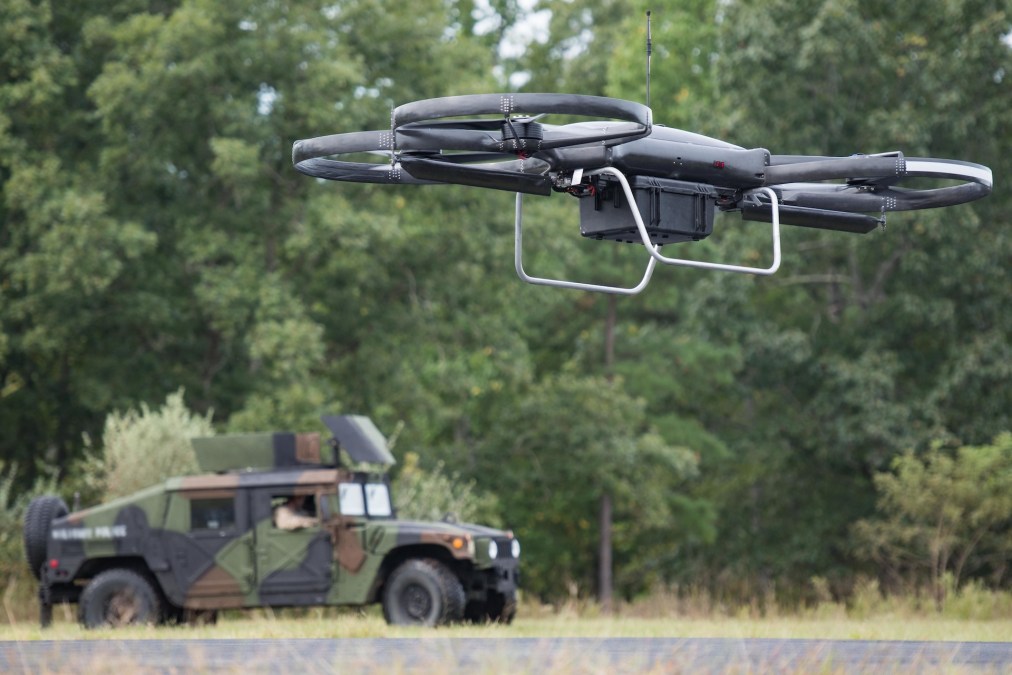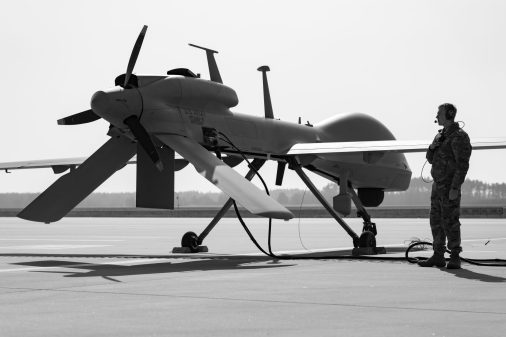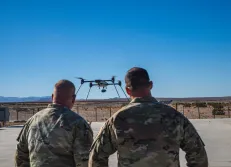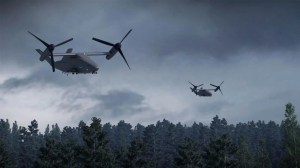White House bashes idea of creating Army Drone Corps

You can count White House leaders among those opposed to lawmakers’ proposal to establish a Drone Corps as a basic branch of the Army.
A provision in the House of Representatives’ version of the fiscal 2025 Servicemember Quality of Life Improvement and National Defense Authorization Act, H.R. 8070, would mandate the creation of such an organization, giving it primary responsibility for programs, projects and activities involving small and medium unmanned aerial systems and counter-UAS weapons.
The secretary of the Army would be responsible for appointing the chief of the new branch.
The corps would be expected to serve as a “command center” for Army operations involving these types of weapons; help integrate the platforms with forces that have not traditionally used them; conduct research, development, testing and evaluation of technologies; provide personnel with specialized training; attract and retain personnel with relevant expertise; and develop strategies, according to the text of the legislation.
However, the White House Office of Management and Budget said in a statement of policy on Tuesday: “The Administration strongly opposes Section 924, which would establish a Drone Corps as a basic branch of the Army. A Drone Corps would create an unwarranted degree of specialization and limit flexibility to employ evolving capabilities. Further, the Secretary of the Army already has the authority to create branches, as needed, and creating a branch through legislation would detract from the Army’s flexibility in addressing current and future requirements.” The statement included a list of concerns about various items in the House version of the NDAA that it finds objectionable.
Senior Army officers have also come out against the proposal.
Boosting the service’s drone and counter-drone arsenal is a top priority for Chief of Staff Gen. Randy George, an objective he’s pursuing as part of his “transforming in contact” strategy. However, he’s not on board with establishing a Drone Corps.
“For us, this is a capability that’s going to be, I think, resident in every formation at every echelon. So … we see this as integrated into our formation, not some separate piece. And I think we need that kind of flexibility. We’re actually doing that right now with our formations … We selected three units to kind of work this out and start to transform in contact and doing this. But I don’t think it would be helpful to have a separate drone branch,” he said during a Senate Armed Services Subcommittee on Defense hearing last month.
Undersecretary Gabe Camarillo has noted that the service is pursuing commercial-off-the-shelf systems and so-called “launched effects.”
A key element of the modernization effort is providing troops the opportunity to put the tools through their paces during deployments and large-scale exercises.
“Things that we’re doing, like transformation in contact or some of the experiments that we’re performing today are critically important. I think the institutional implications of it to me are secondary at this point, as opposed to figuring out how we’re going to employ the technology, what technology works the best, and most importantly, do we have our buying processes in place in order to be able to get there,” Camarillo said during an event in May hosted by the Center for a New American Security.
“My view is that, you know, creating a corps or other institutional kind of structures to kind of get after it, in some way could take away some focus from some of the things that … we’re actually doing,” he added. “Having a branch or, you know, a [Center of Excellence] or anything like that — it’s not going to help us buy anything faster or get us more resources against this problem set.”
The House version of the NDAA must be reconciled with the Senate version before it can become law. Members of the Senate Armed Services Committee are set to mark up their draft of the legislation this week. President Biden could sign the final bill or veto the legislation.
“The Administration looks forward to working with Congress to address our concerns,” the White House said in its statement of policy Tuesday.






